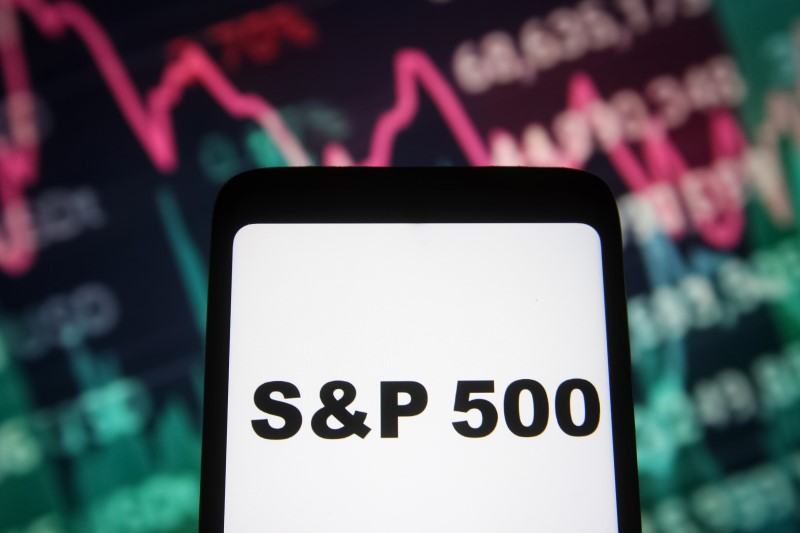September Economic Release Overview
September economic data beat expectations. Remember Q2 2022 was Shanghai’s lockdown, which is why Q2 year-over-year GDP growth was comparatively high. Online retail sales now account for 26.4% of the total retail sales of consumer goods. Not surprisingly, September property sales and property investment were weak. The stronger-than-expected economic data validates the government’s incremental support of the economy, which has kept inflation in check and the government budget deficit low. However, investors are impatient with the slow policy support as the policy bazooka remains in the holster.
Key News
Asian equities were largely lower on light volumes.
Potentially tighter US chip controls weighed on growth sectors and stocks in both Mainland China and Hong Kong. US chip stocks, other than Nvidia, were largely immune to the chip news during Tuesday’s US trading, which is a head-scratcher due to their high China revenue. The curbs shouldn’t have been too big of a surprise based on the recent US-China diplomatic dialogue. Though AI-oriented, Hong Kong-listed Lenovo, which fell -10.12%, and Baidu, which fell-4.77%, were hit especially hard.
BYD was Hong Kong’s most heavily traded stock by value, gaining +6.89% after announcing preliminary Q3 net income will nearly double to RMB 11.5 billion ($1.6 billion) from RMB 5.7 billion. Impressive! It is entirely too bad that we can’t buy one of these great vehicles in the US. Their low-cost electric vehicle (EV) model called Seagull sells for $10,000 (RMB 73,000). BYD’s results lifted the EV ecosystem, which was one of the few bright spots today, though shorts being run over silently was a factor in the pop. Short video platform Kuaishou was off -8.94% on rumors that Tencent might cut its stake.
Distressed real estate developer Country Garden’s inability to pay an offshore coupon payment of $15.4 million would, in theory, push the company to bankruptcy, as offshore bondholders have the same rights as onshore bondholders. A restructuring would be a far more palatable outcome versus an outright default on the company’s $186 billion of total debt. The knock-on effect would be worse as, in theory, home buyers might lose their deposits, construction companies and their employees wouldn’t get paid as unfinished projects would be stalled. It would also negate the government’s efforts to raise property prices and consumer confidence. This is why restructuring is preferred to bankruptcy, though we’ll know soon enough.
Mainland investors continued their Jekyll and Hyde behavior by selling Hong Kong-listed ETFs via Southbound Stock Connect. Foreign investors sold Mainland stocks via Northbound Stock Connect, though a lower amount than has been the trend recently. CNY eased versus the US dollar overnight as the Shanghai Composite and Shenzhen Composite remain below our “line in the sand” levels of 3,200 and 1,900, respectively. Today’s disappointing market performance on good economic news reaffirms the potential for the government to do something bigger.
The Hang Seng and Hang Seng Tech fell -0.23% and -1.67%, respectively, on volume that increased +39.89% from yesterday, which is 78% of the 1-year average. 111 stocks advanced, while 373 declined. Main Board short turnover increased by +42.84% from yesterday, which is 79% of the 1-year average as 17% of volume was short turnover (remember that Hong Kong short turnover includes ETF short volume, which is driven by market makers’ ETF hedging). The value factor “outperformed” (i.e. fell less than) the growth factor as large caps “outperformed” small caps. Energy and consumer discretionary were the only positive sectors gaining +0.41% and a James Bond +0.07%, respectively, while healthcare fell -3.46%, communication services fell -1.54%, and utilities fell -1.51%. The top-performing subsectors were the Foxconn ecosystem, EV charging stations, and fuel cells. Meanwhile, short video, security monitoring, and intelligent building were the among the worst-performing. Southbound Stock Connect volumes were light/moderate as Mainland investors sold a net -$552 million worth of Hong Kong-listed stocks and ETFs with China Mobile, CNOOC, and Meituan as small net buys while the Hong Kong Tracker ETF was a large net sell and BYD was a small net sell.
Shanghai, Shenzhen, and the STAR Board fell -0.8%, -1.49%, and -1.41%, respectively, on volume that increased +4.4% from yesterday, which is 87% of the 1-year average. 479 stocks advanced, while 4,467 declined. The value factor “outperformed” (i.e. fell less than) the growth factor as large caps “outperformed” small caps. Consumer discretionary was the only positive sector, up +1.33%, while technology fell -1.77%, healthcare fell -1.7%, and communication services fell -1.52%. The top-performing subsectors were EVs, autos, and gold, while cell phone cameras, robots, and eye medicine were among the worst-performing. Northbound Stock Connect volumes were light/moderate as foreign investors sold a net -$158 million, as BYD was a large net buy, Zongji Innolight and ZTE were small net buys, while JAC, Wuliangye, and CATL were small net sells. CNY fell versus the US dollar, though the Asia Dollar Index managed a small net gain. Treasury bonds were sold along with steel while copper rallied.
Upcoming Webinar
Join us Wednesday, November 1st, at 7:30 pm EDT for our live webcast:
Decoding China’s Real Estate Sector with Nikko AM & Deep Dive On Chinese Asset Class Opportunities
Please click here to register.
Last Night’s Performance
Last Night’s Exchange Rates, Prices, & Yields
- CNY per USD 7.31 versus 7.31 yesterday
- CNY per EUR 7.72 versus 7.71 yesterday
- Yield on 10-Year Government Bond 2.70% versus 2.68% yesterday
- Yield on 10-Year China Development Bank Bond 2.77% versus 2.75% yesterday
- Copper Price +0.48% overnight
- Steel Price -0.49% overnight
Read the full article here







